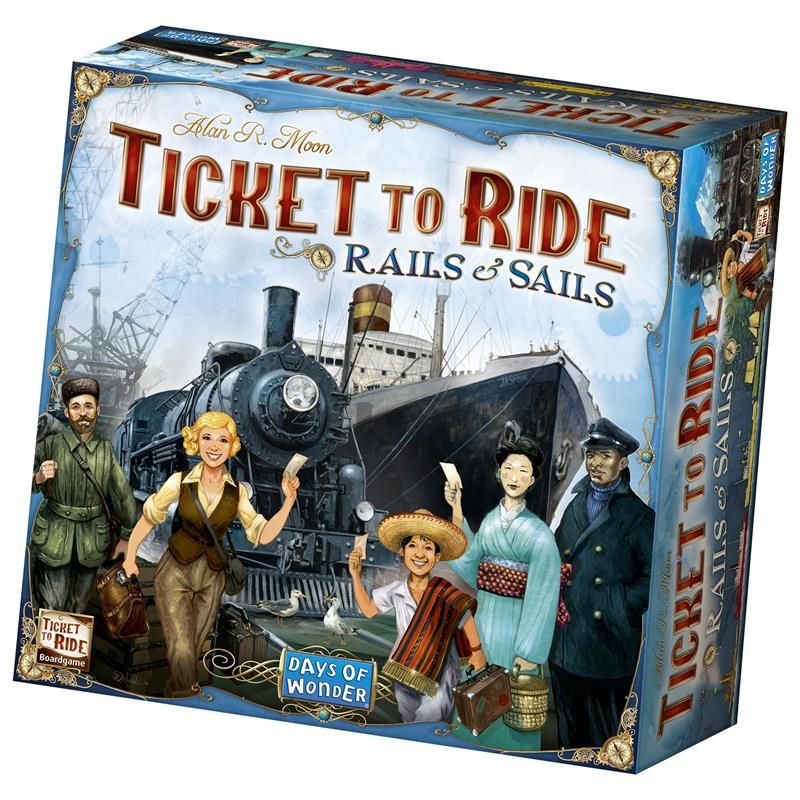

These become goals, representing two end-points that players secretly attempt to connect. They are also dealt three Destination Ticket cards, each showing a pair of cities on a map of the United States and southern Canada.

Gameplay Card colorĪt the beginning of the main game, players are dealt four train car cards as their playing hand. As of October 2014, over three million copies were reported sold, with retail sales of over $150 million.

As of August 2008, over 750,000 copies of the game had been sold according to the publisher. Ticket to Ride: Europe won the 2005 International Gamers Award. The game won the 2004 Spiel des Jahres, the Origins Award for Best Board Game of 2004, the 2005 Diana Jones award, the 2005 As d'Or Jeu de l'année, and placed second in the Schweizer Spielepreis for Family Games. Points are earned based on the length of the claimed routes, whoever completes the longest continuous railway, and whether the player can connect distant cities which are determined by drawing ticket cards. Players collect and play train car cards to claim train routes across the map. Localized editions have subsequently been published depicting maps of other countries, cities, and regions. The game's original version is played on a board depicting a railway map of the United States and southern Canada. The game is also known as Zug um Zug (German), Les Aventuriers du Rail (French), Aventureros al Tren (Spanish), Wsiąść do pociągu ( Polish), and Menolippu ( Finnish). It was illustrated by Julien Delval and Cyrille Daujean and published in 2004 by Days of Wonder. Ticket to Ride is a railway-themed German-style board game designed by Alan R. English, French, German, Spanish, Italian, Icelandic, Dutch, Finnish, Polish, Danish, Czech, Swedish, Hungarian, Norwegian, Chinese, Korean, Japanese, Portuguese, Russian, Greek


 0 kommentar(er)
0 kommentar(er)
